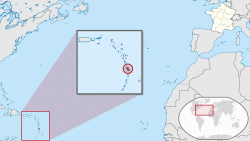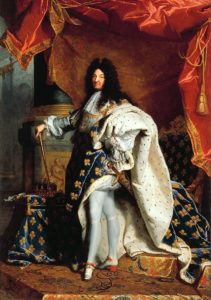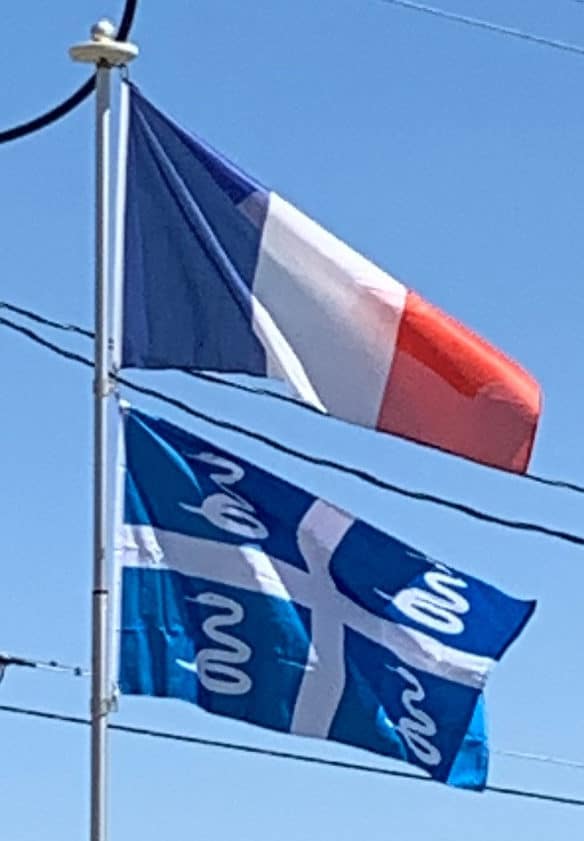Introduction:
Martinique is an insular region of France located in the Lesser Antilles of the West Indies in the eastern Caribbean Sea, with a land area of 1,128 square kilometers (436 sq mi) and a population of 376,480 inhabitants as of January 2016. Like Guadeloupe, it is an overseas region (région d’outre-mer) of France, consisting of a single overseas department. One of the Windward Islands, it is directly north of Saint Lucia, northwest of Barbados and south of Dominica. As one of the eighteen regions of France, Martinique is part of the European Union, and its currency is the euro.

Virtually the entire population speaks both French, the official language, and Antillean Creole (Créole Martiniquais).
History:
Pre-European Contact:
The island was occupied first by Arawaks, then by Caribs. The Carib people had migrated from the mainland to the islands about 1201 CE, according to carbon dating of artifacts.
European Arrival and Early Colonial Period:
Martinique was charted by Columbus in 1493, but Spain had little interest in the territory. Christopher Columbus landed on 15 June 1502, after a 21-day trade wind passage, his fastest ocean voyage. He spent three days there refilling his water casks, bathing and washing laundry.

On 15 September 1635, Pierre Belain d’Esnambuc, French governor of the island of St. Kitts, landed in the harbour of St. Pierre with 80-150 French settlers after being driven off St. Kitts by the English. D’Esnambuc claimed Martinique for the French King Louis XIII and the French “Compagnie des Îles de l’Amérique” (Company of the American Islands), and established the first European settlement at Fort Saint-Pierre (now St. Pierre). D’Esnambuc died in 1636, leaving the company and Martinique in the hands of his nephew, Jacques Dyel du Parquet, who in 1637, became governor of the island.

In 1636, in the first of many skirmishes, the indigenous Caribs rose against the settlers to drive them off the island. The French successfully repelled the natives and forced them to retreat to the eastern part of the island, on the Caravelle Peninsula in the region then known as the Capesterre. When the Carib revolted against French rule in 1658, the Governor Charles Houël du Petit Pré retaliated with war against them. Many were killed; those who survived were taken captive and expelled from the island. Some Carib had fled to Dominica or St. Vincent, where the French agreed to leave them at peace.
After the death of du Parquet his widow took over the running of the island, however dislike of her rule led King Louis XIV to take over sovereignty of Martinique in 1658. Meanwhile, Dutch Jews, expelled from Portuguese Brazil, introduced sugar to the island in 1654. Large numbers of slaves were imported from Africa to work these plantations.

In 1667 the Second Anglo-Dutch War spilled out into the Caribbean, with Britain attacking the pro-Dutch French fleet in Martinique, virtually destroying it and further cementing British pre-eminence in the region. In 1674 the Dutch attempted to conquer the island but were repulsed.
Post-1688 Period:
Under Governor of the Antilles Charles de Courbon, comte de Blénac, Martinique served as a home port for French pirates including Captain Crapeau, Etienne de Montauban, and Mathurin Desmarestz. In later years pirate Bartholomew Roberts styled his jolly roger as a black flag depicting a pirate standing on two skulls labeled “ABH” and “AMH” for “A Barbadian’s Head” and “A Martinican’s Head”, after governors of those two islands sent warships to capture Roberts.
